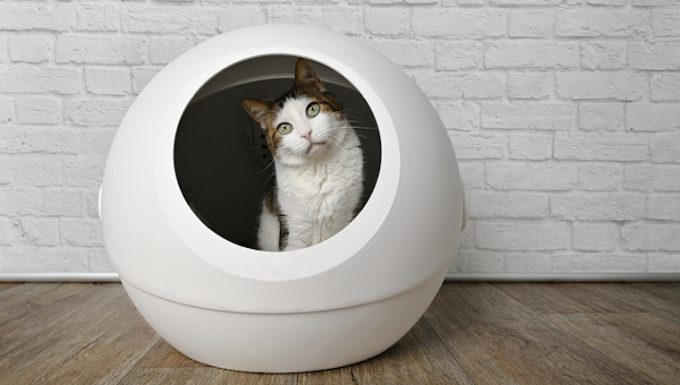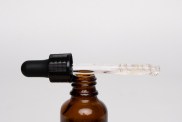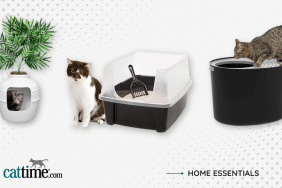Hematochezia in cats happens when there is blood in a cat’s poop. The condition is often linked to an underlying cause and sometimes involves diet problems.
Generally, the condition causes inflammation issues with a cat’s rectum.
Note that the condition is different to dyschezia in cats. That condition involves a cat struggling to poop. You…









